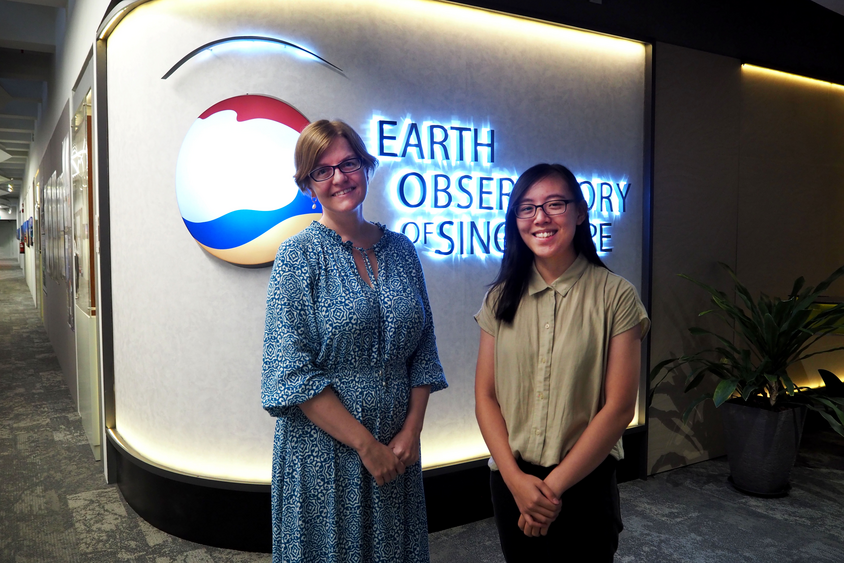Rapid land sinking leaves global cities vulnerable to rising seas

A team of international scientists led by NTU Singapore has found that many densely populated coastal cities worldwide are vulnerable to sea level rise because large amounts of their land are sinking. They suggest that an increase in industrial processes such as the extraction of groundwater, oil, and gas, as well as the rapid construction of buildings and other urban infrastructure may be contributing to this vulnerability.
The team of researchers from NTU Singapore, University of New Mexico, ETH Zürich, and NASA’s Jet Propulsion Lab managed by the California Institute of Technology, processed satellite images of 48 cities from 2014 to 2020 using a cloud-based processing system called Interferometric Synthetic Aperture Radar (InSAR).
Sea levels are rising globally as Earth’s ice sheets melt and as warming sea water expands. However, according to scientists, sinking land, or land subsidence, can aggravate the problem.
Land subsidence varies at a neighbourhood and even block level but across the 48 cities surveyed, the team found a median sinking speed of 16.2 millimetres (mm) per year, while some of them have land that is sinking at 43 mm a year. The current global mean sea-level rise is 3.7 mm/year[1].
The results of the study were published in the scientific journal Nature Sustainability.
[1]Intergovernmental Panel on Climate Change. Climate Change 2021: The Physical Science Basis (2021).

